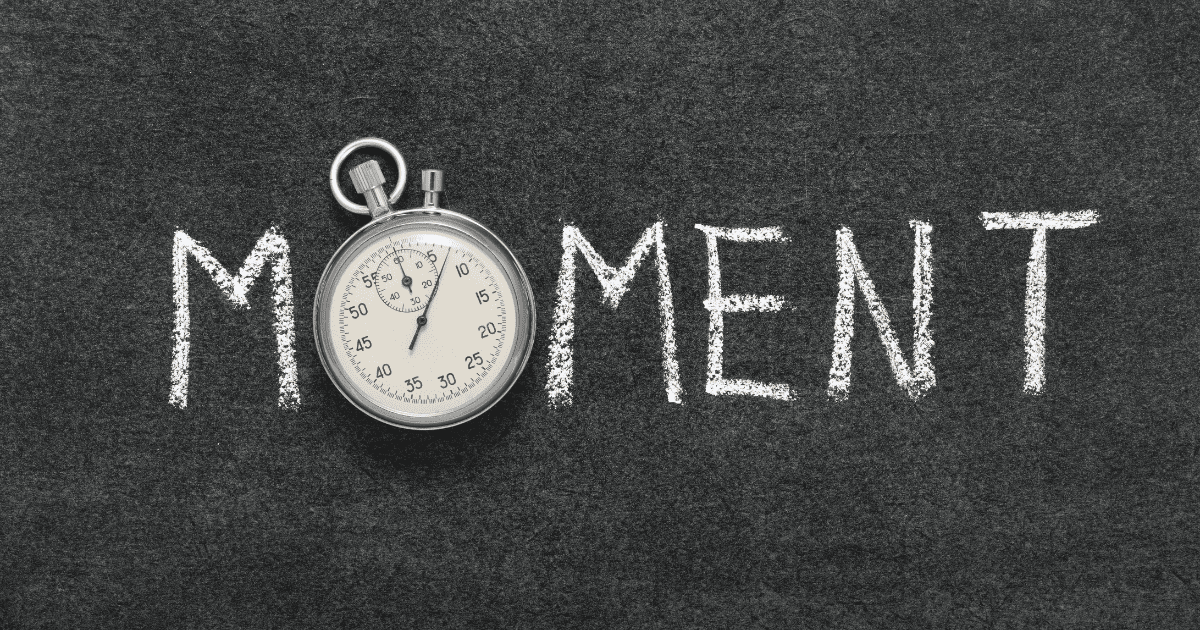The BIG Online Choral Publishing Dilemma
While I love the concept of online choral publishing, self-publishing, and instantly downloadable sheet music, I tend to order choral sheet music from traditional brick and mortar publishing companies 95% of the time.
For as long as I can remember, high-quality choral music from contemporary composers has been difficult to find for the typical high school choir. We were always limited by publishing companies who only produced a few dozen titles each year. We would receive a perusal copy or a CD of the newest pieces, only to find that the majority of pieces were hokey songs with additional accompaniment tapes, silly holiday songs, and “clever” pieces intended to sell lots of copies.
I would search the less recognized choral brands and found some excellent composers and diamonds in the rough, but there was always a dearth of published choral compositions that were artistic, well-constructed and aimed specifically at the high school level.
Fortunately, thanks to online publishing, we have entered a world where composers can write and publish as much music as they want, offer recordings, and visual copies of their sheet music. In fact, we can even purchase the music instantly. More and more talented composers are successfully bringing beautiful choral repertoire into this world, as we are no longer limited to the annual collection of each brick and mortar publishing company.
Peace (SATB) – setting of Sara Teasdale poem
With endless websites and unlimited internet publishing space, there is no way for a choral director to properly search to find music on any of these online choral publishing companies. I’ve spent lots of time on www.sheetmusicplus.com, www.musicspoke.com, www.swirleymusic.com, and many others. They all have great composers and a wonderful layout where we can see the sheet music and hear quality recordings. But with hundreds of composers offering thousands of pieces, how does a customer utilize their minimal time to sift through all of this to find what they are looking for?
Talented composers with an arsenal of great ensembles can demonstrate some excellent performances, but how do we know if this music is right for our group? In the olden days, the dominant brick and mortar publishing companies at least attempted to write for a specific market. Now, most compositions are written without limitation: unlimited part splits, ranges that exceed typical high school student voices, etc.
While my website, Choral Clarity, is intended to solve some of these issues within a specific market, self-selected high school choral ensembles, it hardly solves the problem of finding music year after year that suits all needs and ensembles.
CHORAL CLARITY FEATURED COLLECTION – AIMED AT SELF-SELECTED HIGH SCHOOL CHOIRS!
Here are two examples of searching issues that need to be resolved by online choral publishing companies:
1. A middle school ensemble with the changing voice. How does one find music, if pieces are written for that purpose, on any of these online-only publishers?
2. Well-constructed, artistic music aimed specifically at high school and strong community choirs, that doesn’t split into endless parts. I sell my pieces and a few other composers at www.choralclarity.com, but as a choir director, I cannot find enough music that suits my needs.
I conduct two choirs at my high school: a 9th-10th grade self-selected Treble Choir and a Mixed Choir consisting of sopranos and altos in grades 11th-12th grade along with basses and tenors in grades 9th through 12th grade.
While both ensembles can sing college-level music, the best use of their time is usually music that reflects an understanding of high school voices, appropriate leaps, length, and repetition of note and rhythmic patterns; when music is written with high school students in mind, they will be able to sight-read notes and rhythm more efficiently and independently, which will make for a more productive musical experience.
10 Ways to FIND Choral Repertoire for High School
WHY TECHNOLOGY IS FAILING US
As technology makes more music accessible, it should also be making our ability to FIND music easier. Technology has done the opposite. It has over-saturated us and made finding music more difficult. There is no way I can spend the time needed on any of these online stores to find appropriate music, even though I’m sure there are some gems somewhere in their sheet music abyss.
In the meantime, traditional brick and mortar companies are investing their resources in creating an online presences and offering instantly downloadable copies, as they are making every effort to maintain their force in the choral repertoire market.
The Road Not Taken (SATB) – setting of Robert Frost poem
As a result, I find myself ordering the overwhelming majority of my music from brick and mortar publishers; I believe their quality and consistency of music has improved over the years, and they at least provide a limited catalog that allows better search-ability by specified parameters.
While I do believe there is more appropriate and artistic music available through online-only publishing, I don’t have the time to sift through hundreds of pieces that don’t fit my ensemble in order to find the diamonds in the rough. I don’t have time to click on endless composers that I’ve never heard of before in hopes of finding one that may have a piece that could suit my ensemble.
So how does a new or seasoned high school choral director best find music year after year for their ensembles? Check out my blog post here to find out!
10 Ways to FIND Choral Repertoire for High School
For high school choral directors who are looking for accessible, yet artistic high school choral repertoire, I hope you will take a look at my online sheet music store.







Touche. Outѕtanding arguments. Keep up the ɑmazing spirit.
Hi Adam,
Back in the early 90’s, I published several original choral compositions with Hal Leonard, Jensen, and Columbia Pictures Publications. Many of them are geared to “show choir” and some are certainly better than others, but there is one song that I had hoped would have become more of a “standard”. It is called “The Hope for America” (written LONG before President Obama!) Since I haven’t seen a penny for years, I would imagine that the statute of limitations is over. More than anything, I would just love to see the piece enjoyed by choral groups in any capacity.
I went from teaching to performing and then into recording. (Now I’m just working to get health insurance at a decent job which involves little creativity.)ll But I still enjoyed your article and can’t even imagine what it’s like these days as I was used to browsing through file cabinets of choral music at Carl Fischer in Chicago back in the day. I’d be happy send you a copy of the arrangement if you might be interested.